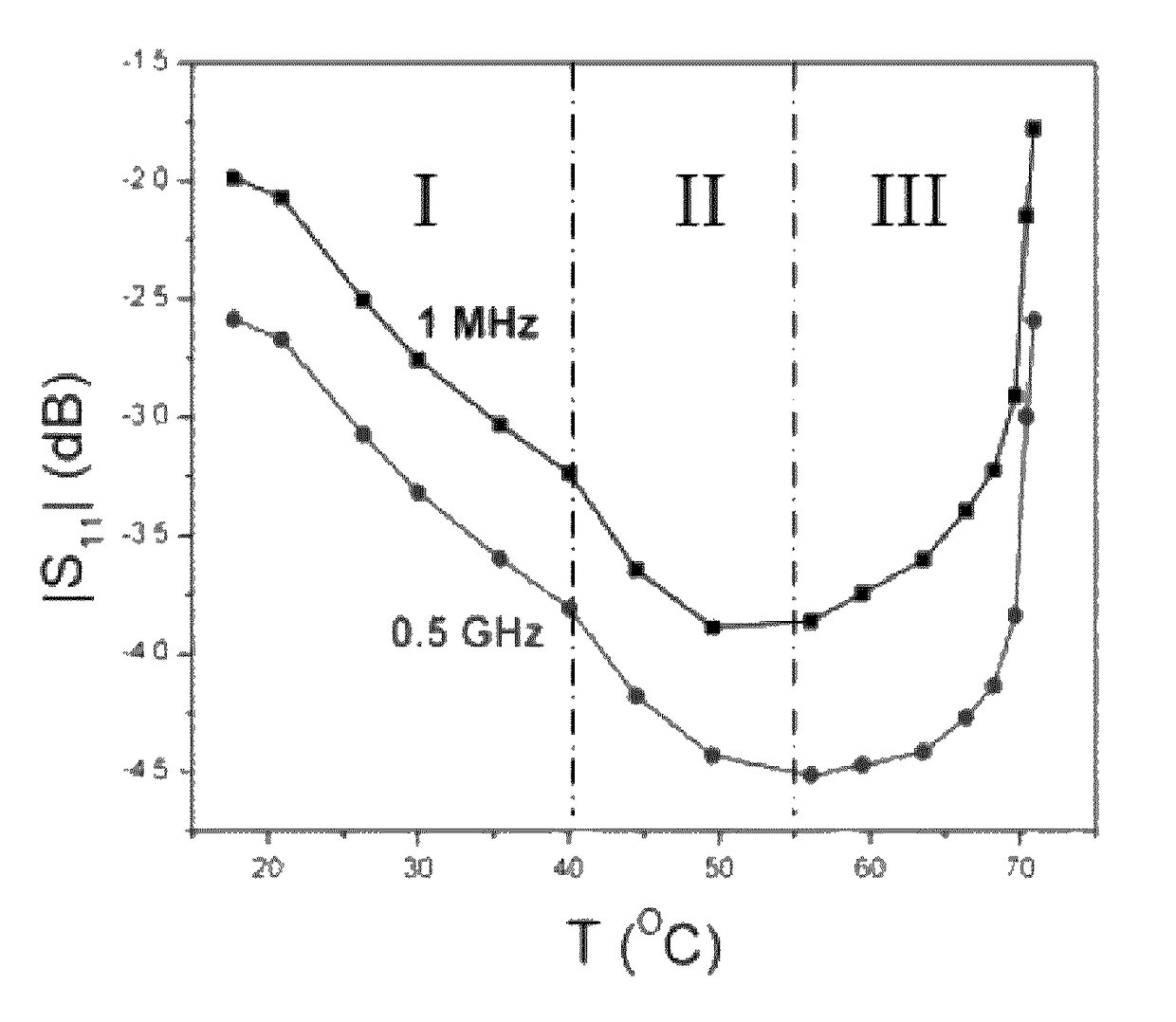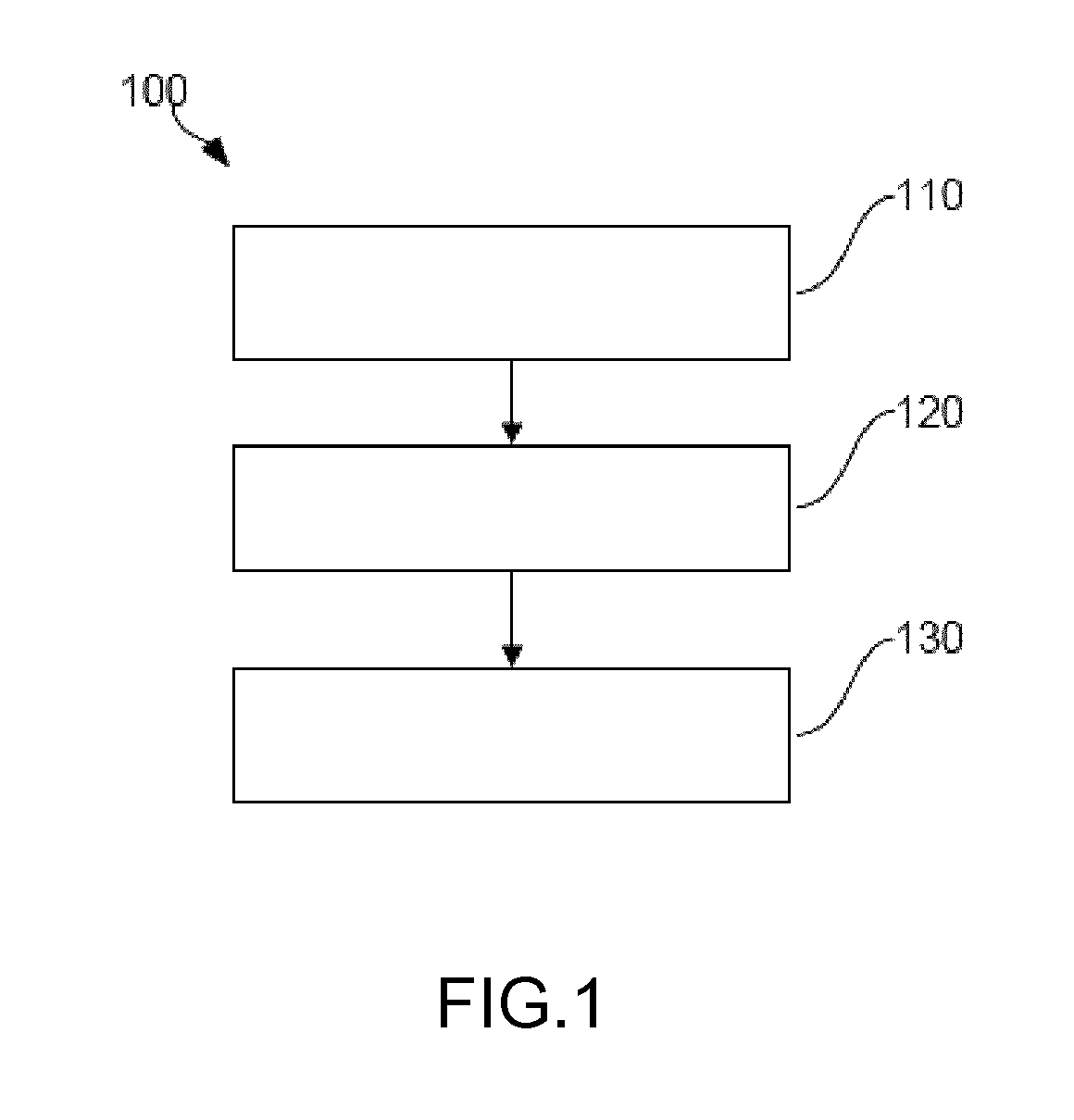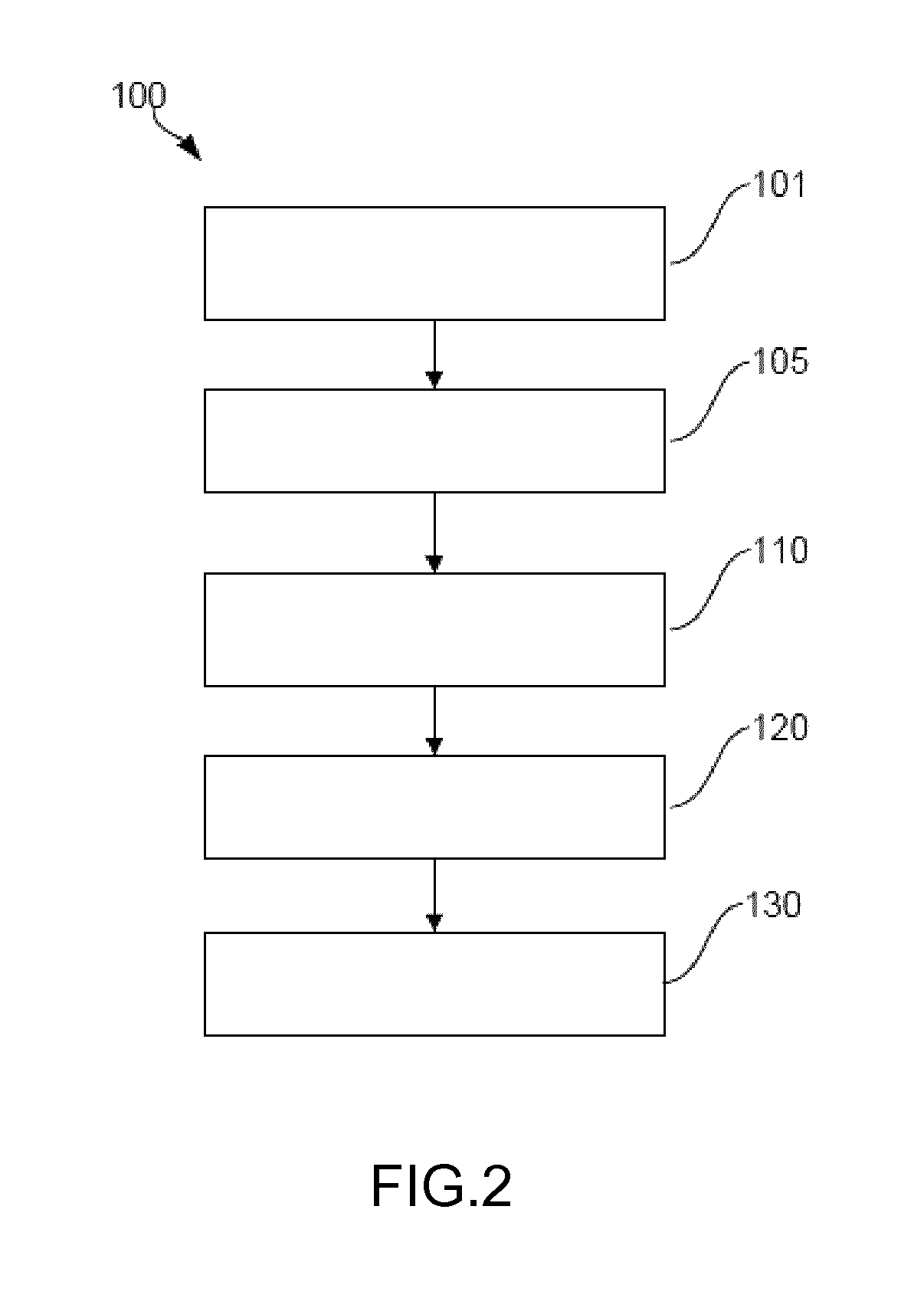Method and apparatus for controlling a cooking process of food
a technology for cooking process and cooking method, applied in the field of cooking control, can solve the problems of inability to give precise doneness information and difficulty for an average user, and achieve the effect of precise cooking control, precise doneness information, and reduced user intervention during cooking
- Summary
- Abstract
- Description
- Claims
- Application Information
AI Technical Summary
Benefits of technology
Problems solved by technology
Method used
Image
Examples
Embodiment Construction
[0031]Embodiments herein will be described more fully hereinafter with reference to the accompanying drawings. The embodiments herein may, however, be embodied in many different forms and should not be construed as limiting the scope of the appended claims. The elements of the drawings are not necessarily to scale relative to each other. Like numbers refer to like elements throughout.
[0032]The terminology used herein is for the purpose of describing particular embodiments only and is not intended to be limiting. As used herein, the singular forms “a”, “an” and “the” are intended to include the plural forms as well, unless the context clearly indicates otherwise. It will be further understood that the terms “comprises”“comprising,”“includes” and / or “including” when used herein, specify the presence of stated features, integers, steps, operations, elements, and / or components, but do not preclude the presence or addition of one or more other features, integers, steps, operations, eleme...
PUM
| Property | Measurement | Unit |
|---|---|---|
| frequency | aaaaa | aaaaa |
| radio frequency | aaaaa | aaaaa |
| dielectric properties | aaaaa | aaaaa |
Abstract
Description
Claims
Application Information
 Login to View More
Login to View More - R&D
- Intellectual Property
- Life Sciences
- Materials
- Tech Scout
- Unparalleled Data Quality
- Higher Quality Content
- 60% Fewer Hallucinations
Browse by: Latest US Patents, China's latest patents, Technical Efficacy Thesaurus, Application Domain, Technology Topic, Popular Technical Reports.
© 2025 PatSnap. All rights reserved.Legal|Privacy policy|Modern Slavery Act Transparency Statement|Sitemap|About US| Contact US: help@patsnap.com



